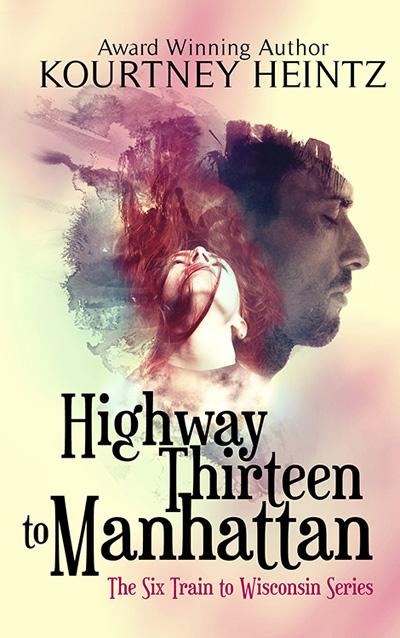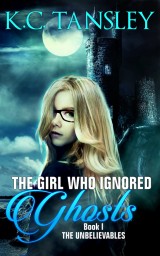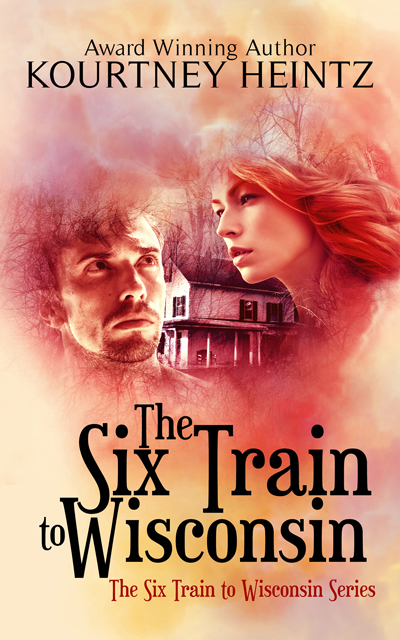First of all, I am delighted to be doing a guest blog for Kourtney! We met during the Writers’ Roundtable at the SCBWI conference two weeks ago. I highly recommend the critique sessions. Sharing your work is a great way to meet fellow writers, as well as receive professional feedback.
The 2012 SCBWI Winter Conference was my first writers’ conference. The panels were packed with useful advice from experts in the industry. One of the highlights was Cassandra Clare’s keynote speech about Love Triangles and Forbidden Love.
Ms. Clare writes bestselling books for young adults, books which inspire intense enthusiasm from her readers. As a YA writer, I was eager to hear her advice on how to appeal to a teen audience. While Clare did offer excellent advice on that subject, I would like to discuss a more general theme of her keynote, one which applies to all kinds of stories.
Throughout her speech, Clare emphasized a key aspect of storytelling. That aspect is tension. The topic of forbidden love is a familiar one, especially to those of us who read Young Adult fiction on a regular basis. But not all forbidden love is created equal. Clare said that to write an effective romance, you must create obstacles for your characters, to prevent them from getting what they want too easily. The resulting tension will keep readers intrigued. Ideally, these obstacles should be complex and difficult to overcome, or what writers call “high stakes.”
This is true of all types of stories, and romance is no exception. But sometimes I forget that, in Clare’s words, “the kind of love story that is fun to live is not fun to read about.” When she said that, I realized why plot devices like love triangles are so popular in YA fiction. They build tension, and hold reader interest. They keep us turning page after page, anxious to find out what the characters do next—and isn’t that what telling a good story is all about?
Clare said some writers don’t go far enough when creating romantic tension. For love to feel truly forbidden, the obstacles must be daunting, not half-hearted attempts at drama. Otherwise, the solution to the problem is too obvious. The reader won’t question the outcome, and the tension will disappear.
While Clare’s keynote focused on a particular type of storyline (the romance), her insight reminded me of the importance of tension in all genres of fiction. It can be difficult to create problems for your characters. As a writer, I become very attached to my characters, and that attachment deepens with every draft. I work hard to develop each of them, and I want them to achieve their goals by the story’s end. But as a storyteller, I know I have to avoid making my characters’ lives easy. I must continue to put obstacles in their path. Otherwise I risk losing a reader’s interest.
To tell you the truth, it can be a lot of fun to push your characters into scary situations, to see what happens when you jeopardize the things which matter most to them. Readers love that kind of suspense. They may worry for your characters, but if you keep the tension high, they will read your stories with bated breath. What we all want in fiction is tension, and lots of it—no matter if that tension comes from government conspiracies, ancient curses, or love triangles.
BIO
Katrina Bender is a writer of Young Adult fiction. She enjoys drinking tea, doodling pictures, and wearing preposterous hats. When she isn’t hard at work on her latest project, she can be found buried in a pile of books. She is active on Twitter under the name @KatBender, and you can find her blog at katrinabender.com. Her current manuscript is a Victorian fantasy about knights and astrological magic.










Pingback: SCBWI Conference Report: The Power of Self-Definition | Katrina Bender
Pingback: Book Review: Clockwork Angel by Cassandra Clare « Kourtney Heintz's Journal